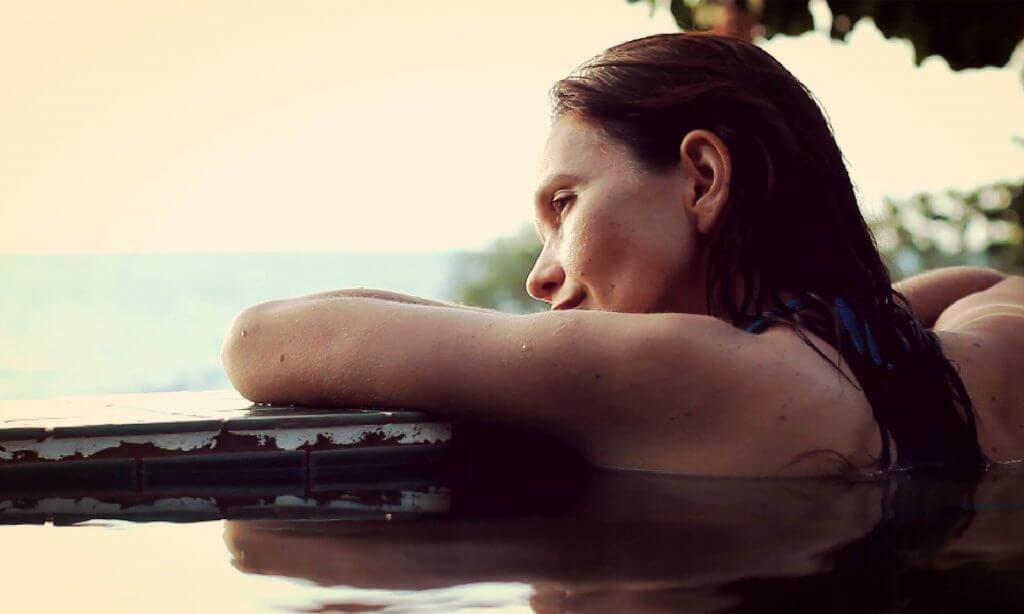20th May 2010
Rhinoplasty in the USA
I recently returned from the American Academy of Facial Plastic and Reconstructive Surgery (AAFPRS) meeting in Florida. It was great to catch up with international friends and to make new friendships. Those of us who have a particular interest in Rhinoplasty form strong bonds and friendships sharing experiences both high and low received from this most demanding of operations. There can be few if any other operations that can dominate a meeting programme in terms of hours dedicated to the subject than Rhinoplasty!
I lectured on surgery to de-project the nasal tip. My philosophy is to take a very analytical anatomical approach to diagnosing the problem and then a step wise graduated surgical approach to correction. I do think it’s important to be aware that there’s a limit to how much the skin will shrink to a smaller nose and therefore at times it’s better to maintain a little more projection than one might ideally want so that a slim nasal tip can be maintained from the front. Too much de-projection might lead to the nose looking bulbous from the front. This can be quite difficult to explain to patients at times.
I travelled from Miami to California for 5 days after the meeting. It was my great pleasure to be able to spend time in the operating theatre with Rollin Daniel in immaculate Newport Beach and Paul Nassif and Jay Calvert in Beverly Hills. Rollin has reflected on rhinoplasty as having essentially three levels of difficulty and complexity in the cases that present. As surgeons, those of us who look towards operating on the most difficult level 3 noses know we must really expand the envelope and push ourselves out of our comfort zones. It was therefore great for me to see colleagues I respect operate on revision cases, which are certainly level 3 and to swap ideas and thoughts.
I am sure that highly precise, accurate reconstruction of the nasal skeleton to restore support and contour to the nasal skin envelope is the right way to go and my experience leads me to feel now that often ear cartilage is inadequate for this reconstruction and that rib cartilage is the best way to proceed. I saw two very interesting rib cartilage cases with Rollin and Jay and saw Paul use injectable diced cartilage to finesse the nose.
Rhinoplasty is a very difficult operation and one has to be prepared to put huge effort in to get the best results out. This effort must extend into every aspect of surgical care from the analysis through the planning to the final actual surgery. It was interesting for me to see that we all share in common the need for unstinting energy and enthusiasm in focusing on attention to detail. This is important in all areas, including taking photographs during surgery and recording meticulously the surgical steps used to allow later reflection and comparison with the final result. We shared laughs too remembering it is also about enjoying the challenges of this great area of facial plastic surgery with great teams.
On my return I was also honoured to have been invited to give a lecture at the AAFPRS meeting in Chicago 2011. I will start preparing ideas now!






